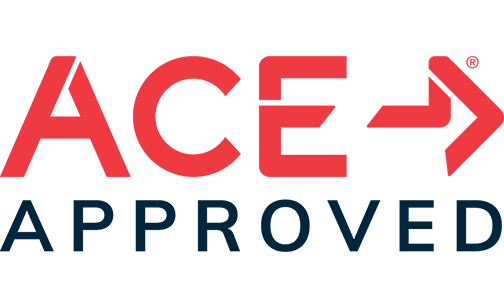Broccoli – What’s in it for me?
- Lisa Wright Burbach
- Apr 5, 2019
- 3 min read
Did you know Broccoli is a Superhero?
Broccoli is an amazing superhero of superfoods filled with vitamins, minerals and phytonutrients with only a small amount of calories per serving! You should definitely eat your broccoli! Broccoli retains the most nutritional value when eaten raw, but if you don’t care for it raw you can lightly steam it and retain much of the goodness!
Trivia
Did you know that Thomas Jefferson planted Broccoli at Monticello in as early as 1767?
The word broccoli comes from the Italian “broccolo” meaning “The flowering crest of cabbage”.
Broccoli was popular in Italy as far back as the 6th century, but was slow reaching the rest of the world.
Broccoli is a good source of both soluble and insoluble fiber!
What’s in it for me?
Potassium , 288 grams of potassium in one cup! That is a lot. Potassium, Helps the heart, kidneys, cells, digestive system, muscles, and regulates flood balance and blood pressure. Potassium has may help reduce the risk of stroke.
Vitamin C, one cup has 135% of the Daily Value- Good for eye health, cardiovascular health, repairs and regenerates tissue, decreases LDL, decrease triglycerides, is an antioxidant working against free radicals and may protect against certain types of cancer. Vitamin C also may help reduce the effects of nitrates in food and aids in the absorption of Iron.
Vitamin A 11-13% DV– Vital in the growth of bone, key for good vision, important for a healthy immune system, helps our skin and mucus membranes by protecting against bacteria and viruses and is helpful in reproduction.
Lutine -Zeaxanthin – may help prevent age related Macular Degeneration and cataracts and may help prevent clogging of the arteries of the neck and may help the health of your skin.
Protein – 4 grams. Protein serves as building blocks for muscles, bones, cartilage, skin, hormones, and enzymes. They increases satiety helping us feel more full.
Sulforaphane – An antioxidant, sulforaphane is thought to reduce the risk of breast, bladder, colon and prostate cancer!
Fiber – fiber is an important and necessary part of our diet and most of us don’t get enough. Known as roughage or bulk it is the parts of fruits, vegetables, whole grains, and legumes that our bodies can’t digest. We need both soluble and insoluble fiber to be health. soluble fiber dissolves in water and becomes gel like and helps our glucose levels and cholesterol. insoluble fiber helps our digestive system move along and bulks up our stool. fiber helps our bowl movements be regular, lower cholesterol, maintain blood sugar levels, and provide satiety which can help control our weight.
Eating broccoli may help lower cholesterol, reduce the risk of certain cancers, is good for the immune system, may improve blood pressure, kidney function, and heart health! Pile it on!!
Broccoli Ideas
Roasted Broccoli – Try tossing in cajun seasonings or curry. Lightly season with oil and bake at 400°F for about 20 minutes.
Dr. Weil’s Broccoli Salad (adjust oil for the cleanse) https://www.drweil.com/diet-nutrition/recipes/broccoli-salad-with-avocado/
Broccoli Soup – https://www.marthastewart.com/1050712/creamy-broccoli-soup Use a vegetable broth as the base.
TIPS:
When cooking your foods think about food synergy, for example cooking foods rich in vitamin C with iron rich foods helps you increase iron absorption or using healthy fats, such as olive oil with your veggies – just a little, increases fat soluble vitamin absorption. A,D,E,& K. Plus, a little olive oil increases the antioxidant lycopene in tomatoes.
Some foods are more nutritious cooked than raw, such as carrots, spinach, mushrooms, asparagus, tomatoes, cabbage, peppers can be more nutritious when cooked, but just the tiniest bit of heat or steam can do the trick.
Leave the peels – Most veggies have edible peels with the exception of things like butternut squash, celery root, etc.Adds extra fiberAdds extra flavorTry using Seasonal veggies
Visit your local Farmers Market
Use Delivery services like, Produce box
Join the “Eat more veggie challenge” at EatingWell.com http://www.eatingwell.com/healthy_cooking/healthy_cooking_101_basics_and_techniques/take_our_eat_more_vegetables_challenge





Comments